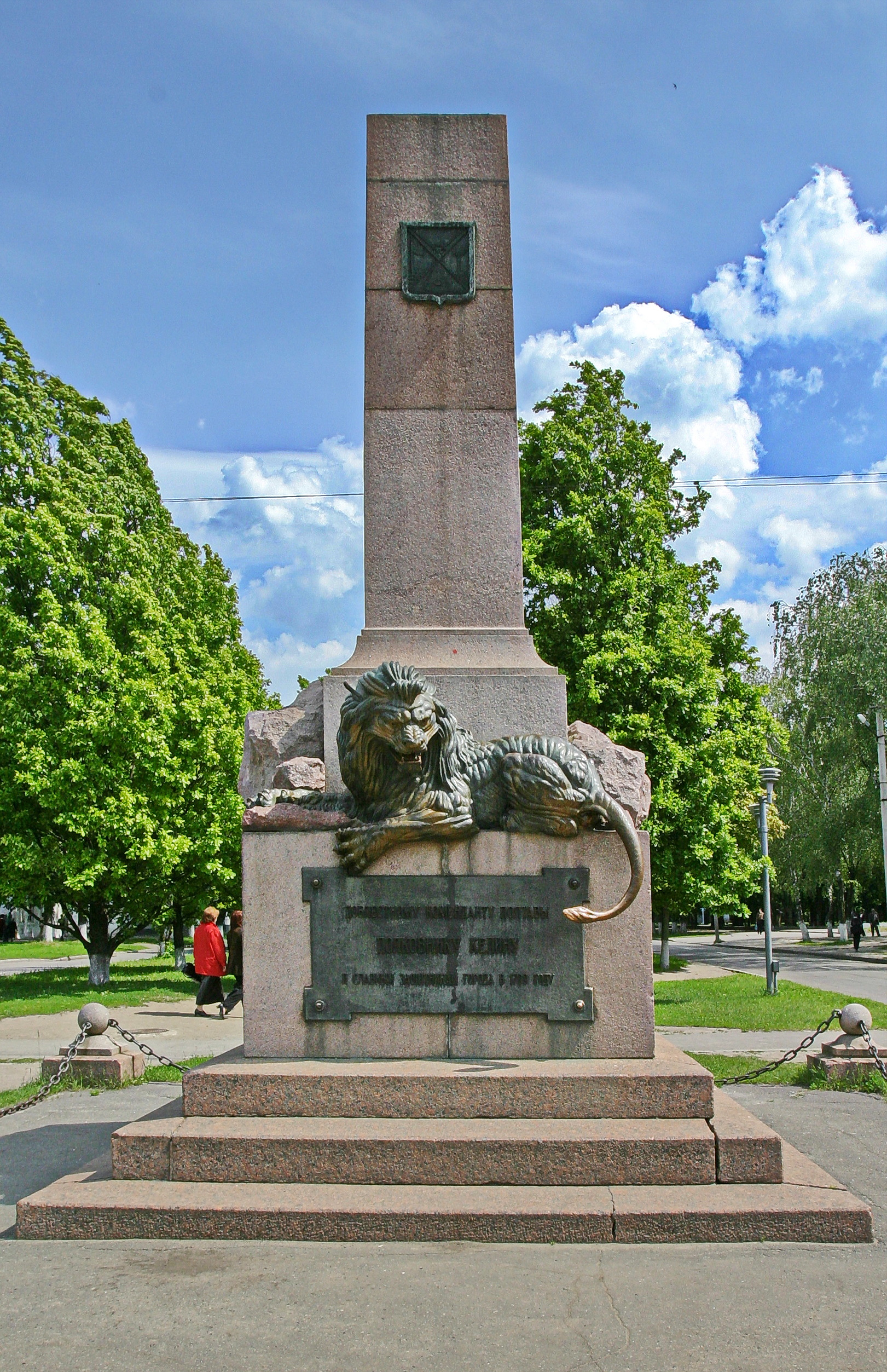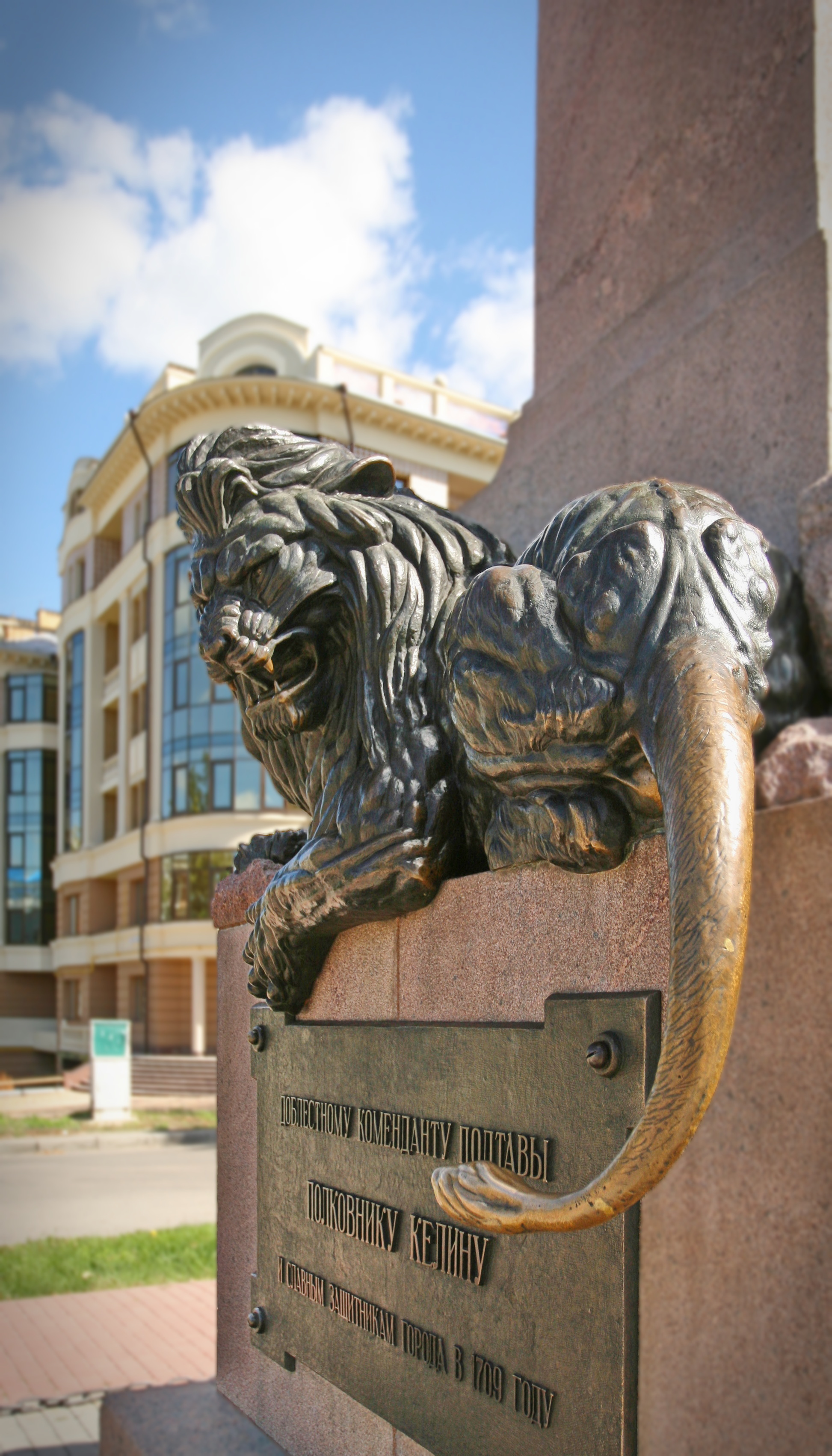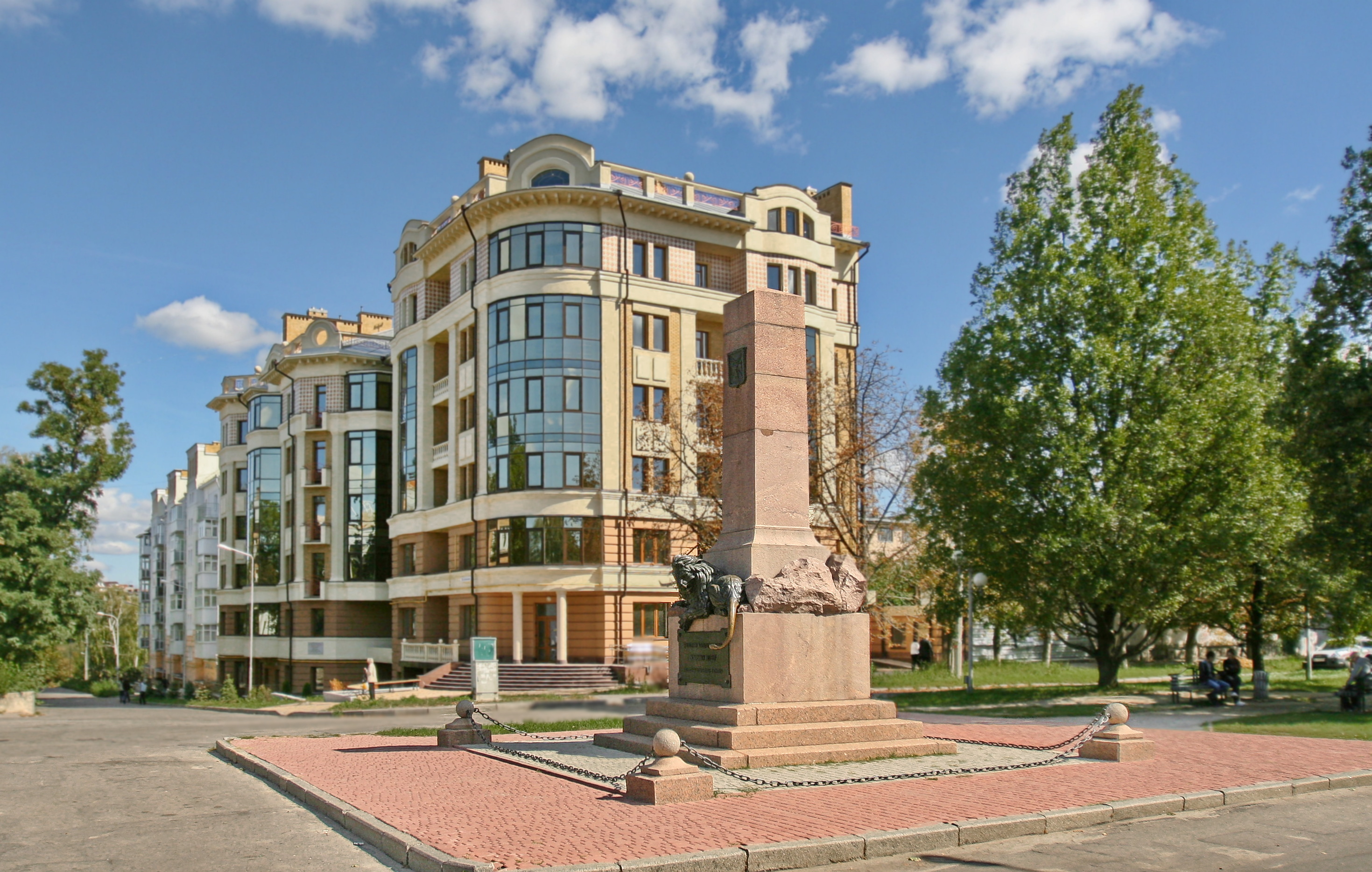- +38(0542)68-77-87
- 116, Kharkivska st., Sumy, Ukraine
- info@el.sumdu.edu.ua
Monument to the defenders of the Poltava fortress and Colonel Oleksiy Kelin (Complex of monuments "The Field of Poltava Battle")
Full name of the monument :
Monument to the defenders of the Poltava fortress and Colonel Oleksiy Kelin (Complex of monuments "The Field of Poltava Battle")
Region :
Poltava region
Address of the monument :
Poltava, str. Swedish Grave, 32
Status :
National significance
Monument installation year (s) (if available) :
1909 р.
Time classification according to the installation epoch :
Imperial period from XVIIІ centuries to 1918
Artist(s) :
O. O. Bilderling, A. L. Ober
General, watercolor artist; sculptor-animalist
Person/event, object the monument is dedicated to :
real person(s)
Gender :
mixed group
Social status :
persons of war
Components of the monument :
Height 6.5 m.
Material :
mixed materials
Type of art composition :
architectural object(s)
Artistic approach :
abstract art
Main text, additional text (if available) :
Yes
«Доблестному коменданту Полтавы полковнику Келину и славным защитникам города в 1709 году»
«1-го Апреля 1709 года Карл XII осадил Полтаву. Три месяца гарнизон и жители города геройски отбивали все атаки шведов. Последние ожесточенные штурмы отбиты доблестными полтавцами 21-22 июня 1709 года».
Language(s) of the text :
Russian
Narrative commemorates :
Imperial era
The preservation state of the monument at the time of the research :
exists
Institution responsible for maintenance :
Poltava City Council
Institution’s website :
Free text that contains data valid for interpretation :
Commemoration of the place where the historical event took place began immediately after the Battle of Poltava. Gradually, a town with the allegorical name "Swedish Grave" was formed around the burial of the fallen soldiers of Petrograd. On June 26, 1909, the Museum of the Battle of Poltava was opened here, and in 1950 it was renovated.
In 1981, the State Historical and Cultural Reserve "Field of the Battle of Poltava" was declared with a total area of 720 hectares and a protected zone. An important role in its creation was played by L. Weingort - the chief architect of Poltava during 1938-1970.



